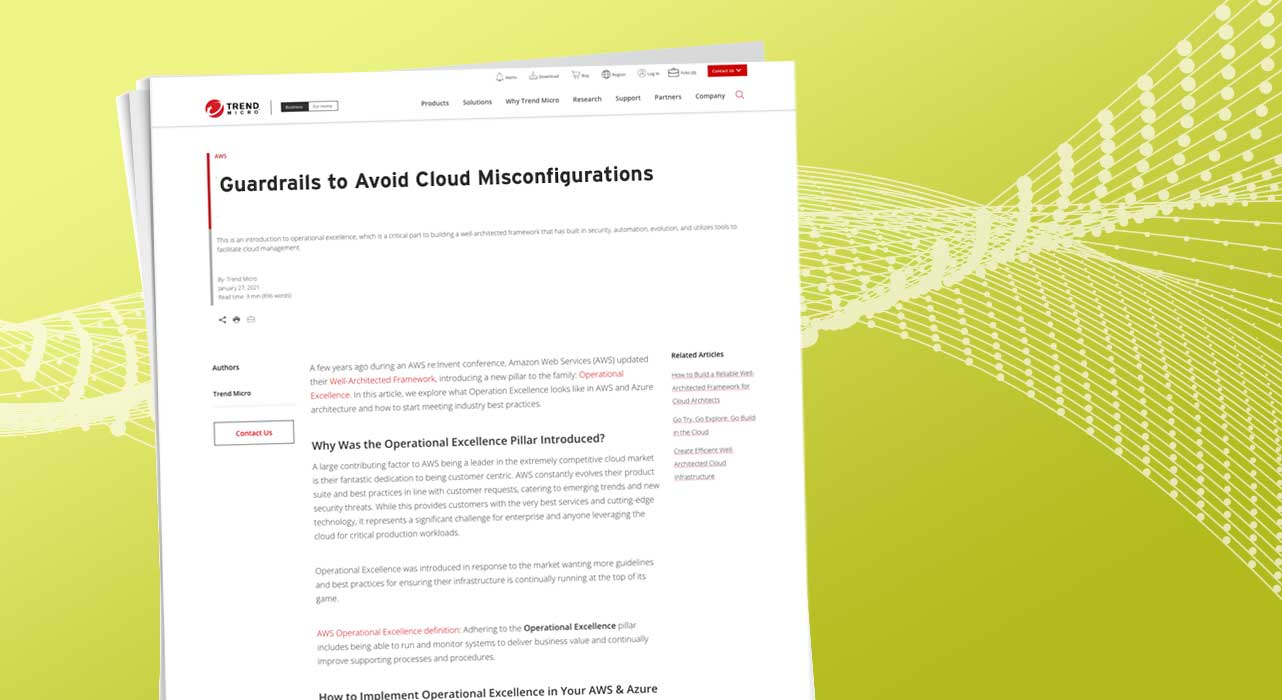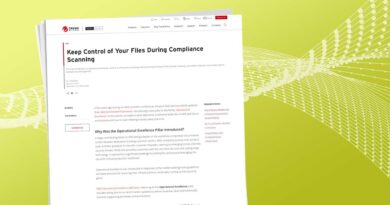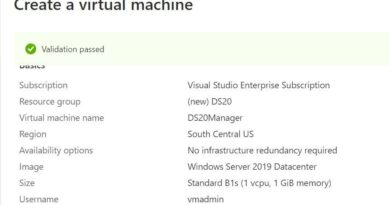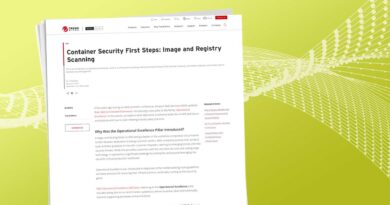Guardrails to Avoid Cloud Misconfigurations Cloud Advocate


A Giant Step to the Left
DevOps has brought a methodology of “fail fast, fail often” to the masses, which has helped teams innovate and move faster than ever. While this may seem great, a lack of quality can be hard to explain when a critical failure is discovered, such as an unencrypted Amazon S3 bucket, resulting in a data leak.
Ideally, you would have guardrails as far left as possible in the CI/CD pipeline—right into the developers’ hands. Leading cloud builders are using these automated, preventative measures before code is deployed to ensure security and compliance. Here are some examples of common and easily missed misconfigurations:
- Allowing public access to Amazon S3 buckets that are storing sensitive data
- Opening too many TCP ports within Amazon EC2 security groups
- Allowing unrestricted access through Azure Network Security Groups (NSG)
- Permitting malicious behavior in Azure SQL Database
- Granting permissions to wrong IAM users and roles
To enable full confidence that security vulnerabilities, cloud resource leaks, and performance and reliability issues won’t make it into production, you need a solution that can:
- Predict if an incident will happen and then provide remediation early in development—resolving multiple concerns before they even occur
- Check your workloads against rules before deploying them live to your cloud infrastructure. Each resource should be checked against hundreds of industry best practices, including the AWS Well-Architected Framework, CIS Microsoft Azure Foundations Security Benchmark, ISO 27001, HIPPA, PCI DSS, and GDPR
Shifting operational excellence, security, governance, and compliance checking to the earliest phase of the CI/CD pipeline enables automated, proactive prevention of misconfigurations. What’s more, these same checks and self-healing can also be performed in live cloud environments. Regardless of when you scan your code to check for alignment to best practices, give your organization peace of mind that they are building great architecture.
Too Many Cooks in the Kitchen
One of the biggest challenges in modern software development is that every deployment is dependent on multiple teams. Developers, operations, infrastructure engineers, and business units all have a role to play in ensuring that an application is delivered successfully. Getting alignment from all of these different teams can be tough. Regardless of your team’s structure, working towards operational excellence will help overcome the challenge.
Rather than being a burden, operational excellence can serve as a cultural goal that is shared by all teams and team members during the software development and deployment process. By transforming operational excellence into a culture, your teams can have an overarching goal to strive towards, which is important when working with cross-functional teams. A culture of operational excellence helps to set a standard of best practices, continuous improvement, and collective pride in what the team is building and deploying, ultimately contributing to the success of the business.[2]
Times are Changing…Are You?
Cloud service providers are constantly coming out with new services and best practices. Even if your accounts were completely optimized, reliable, efficient, and secure a few weeks ago, there’s no guarantee they are today or tomorrow.
How valuable would it be to have comprehensive visibility of your infrastructure and automatically adhere to best practices, security, and compliance? With this information, you can continue to evolve your cloud infrastructure, while continually building great architecture. Ultimately, helping to foster innovation and the foundations for business success in your organization.
Operational excellence is a combination of processes and continuous improvement to ensure your infrastructure remains secure, reliable, efficient, and cost effective. Every operational event and failure should be treated as an opportunity to improve your architecture. For developers and IT teams, this can seem like a daunting task, but with a culture of operational excellence, you may find teams are up for the challenge.
Now What?
Enabling cloud operational excellence to support your business’s innovation goals relies on finding a solution that has:
- Multi-cloud visibility for a real-time view of security, compliance, and governance within your cloud infrastructure
- Hundreds of automated checks with self-healing based on cloud service provider’s well-architected framework, the latest best practices, and industry compliance requirements—eliminating risks
- Reporting features that can run reports on an endless combination of filters to exhaustively audit your infrastructure
- Seamless integration into your CI/CD pipeline and existing workflows through APIs, enabling the ability to have deep and intuitive integration into your live public cloud environments
- Template scanners that are used during the coding process to ensure your teams are building well-architecture for automated, proactive prevention of vulnerabilities
Trend Micro Cloud One™ – Conformity provides continuous security, compliance, and governance in a SaaS platform, designed to help you manage misconfigurations of cloud resources in a multi-cloud environment. Conformity helps cloud builders have the confidence their cloud infrastructure is configured and compliant to grow and scale their business.
References:
1. Fitzsimons, P., B. C., Steele, J., & King, R. (2018). Amazon Web Services – Operational Excellence AWS Well-Architected Framework. Retrieved from https://d0.awsstatic.com/whitepapers/architecture/AWS-Operational-Excellence-Pillar.pdf?ref=wellarchitected-wp
2. Tozzi, C. (2019, November 19). Operational Excellence and the Success of Software Deployments. Retrieved from https://devops.com/operational-excellence-and-the-success-of-software-deployments/
Read More HERE



